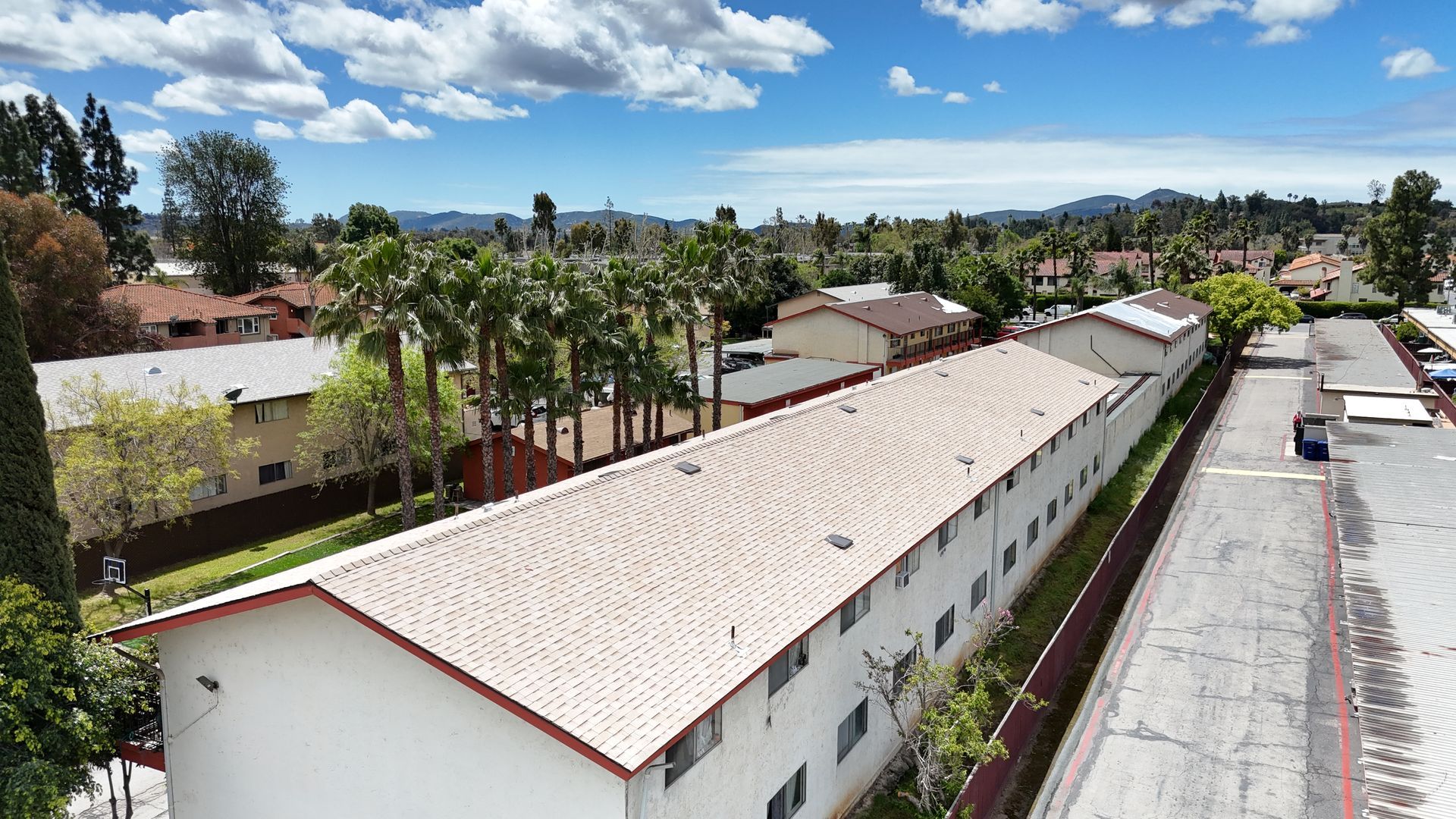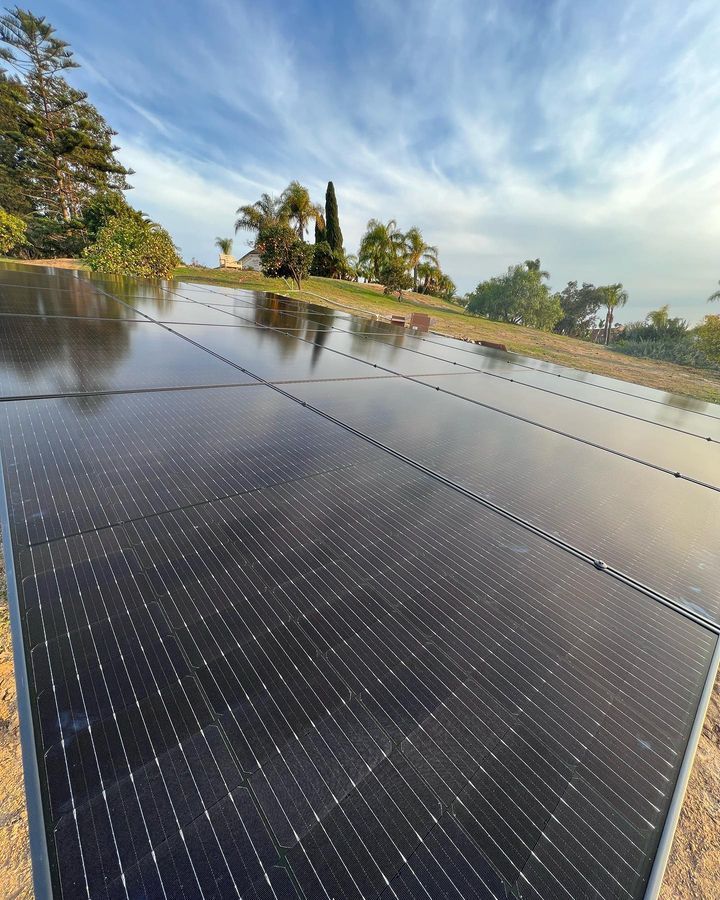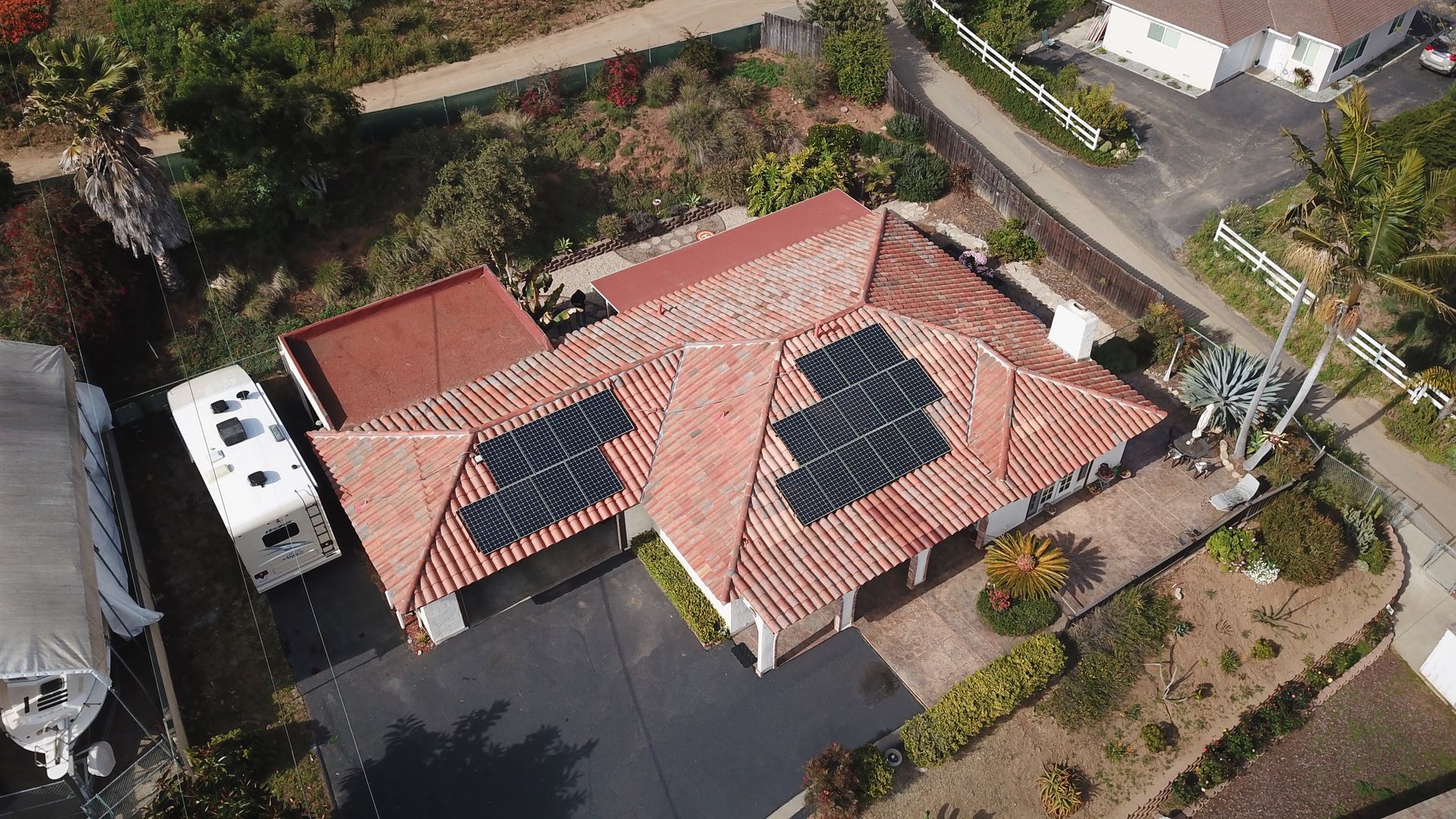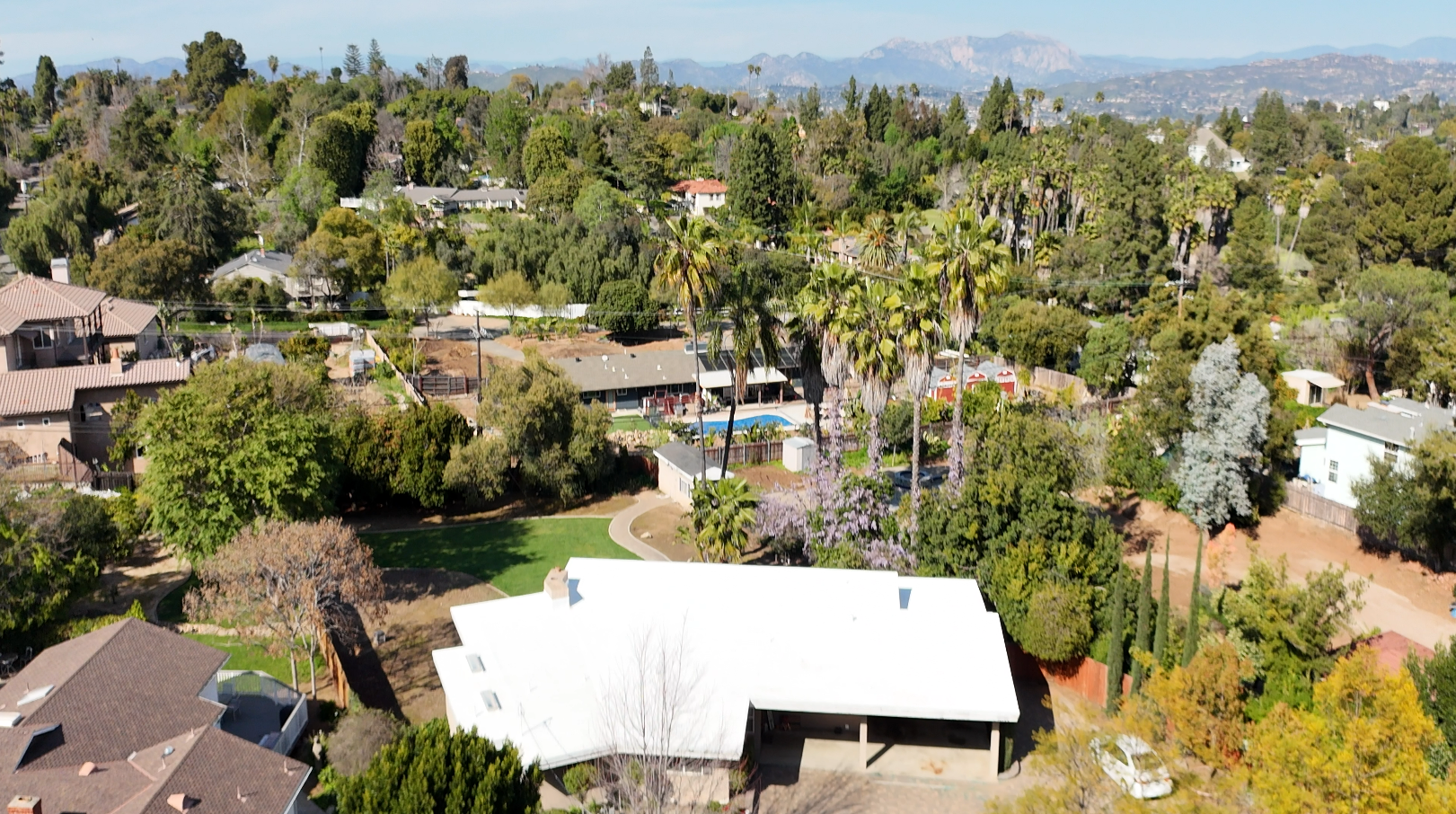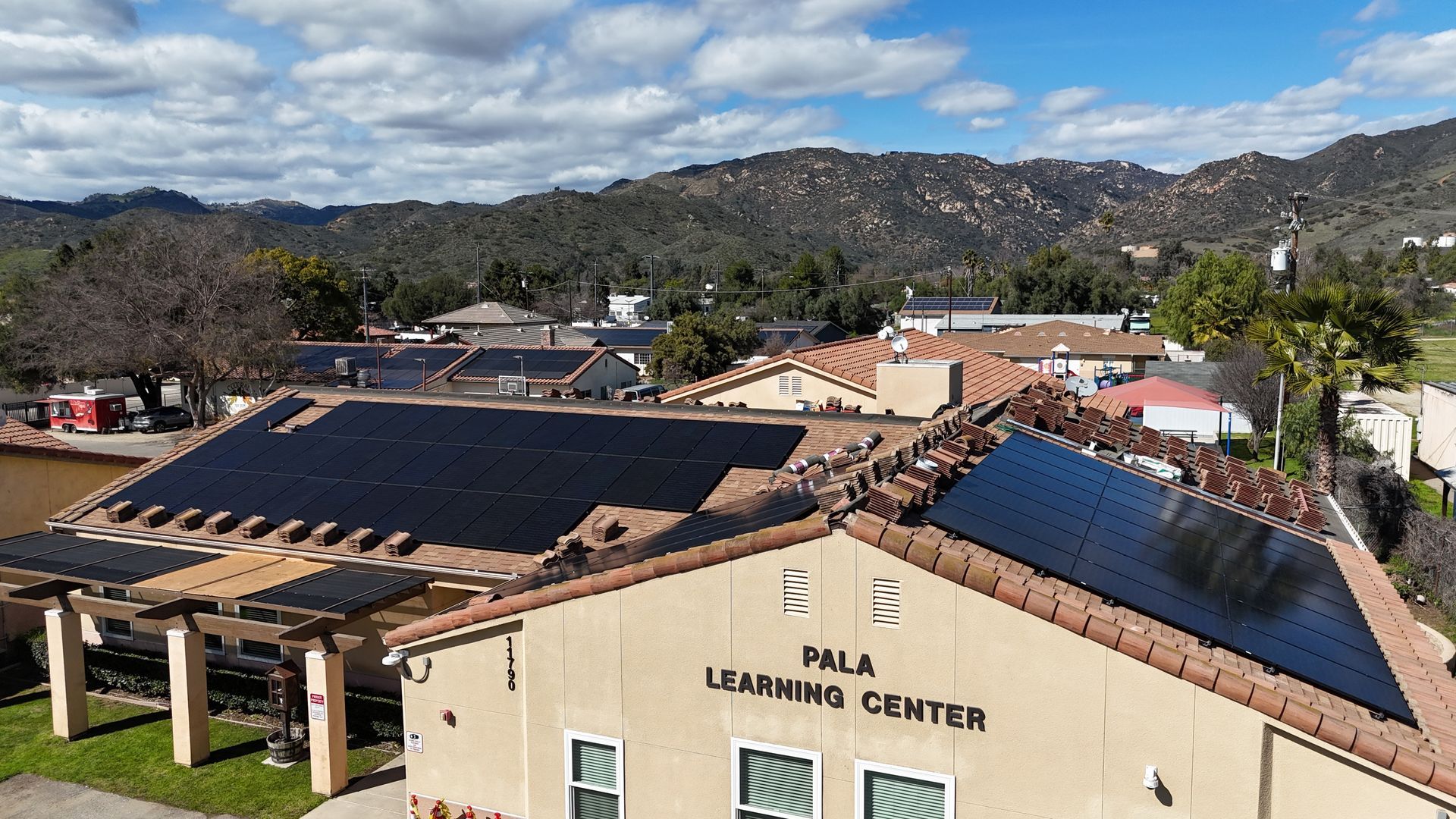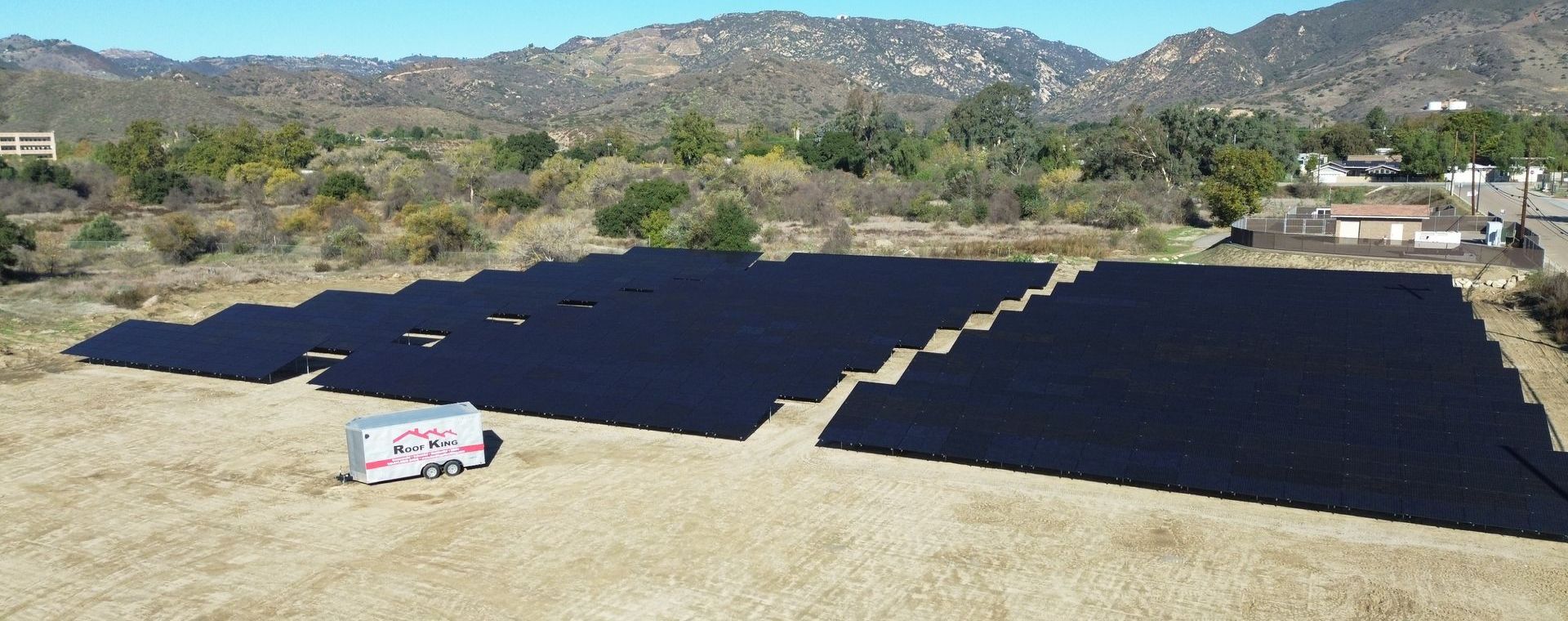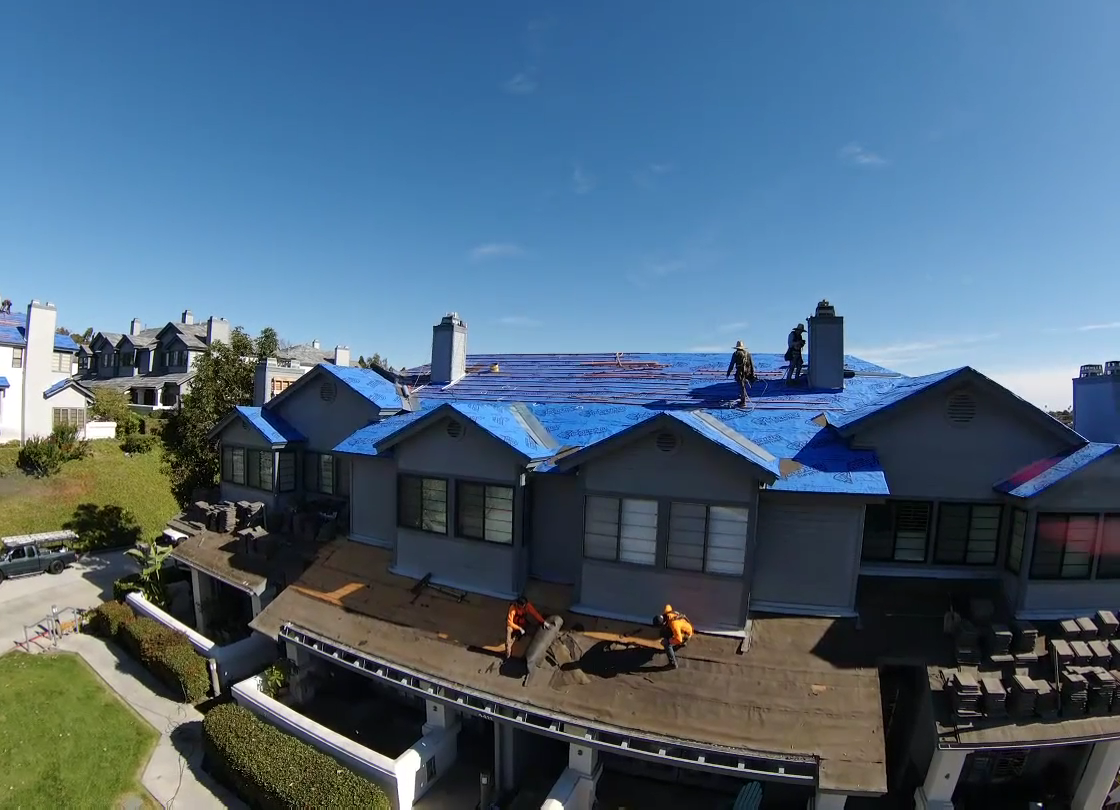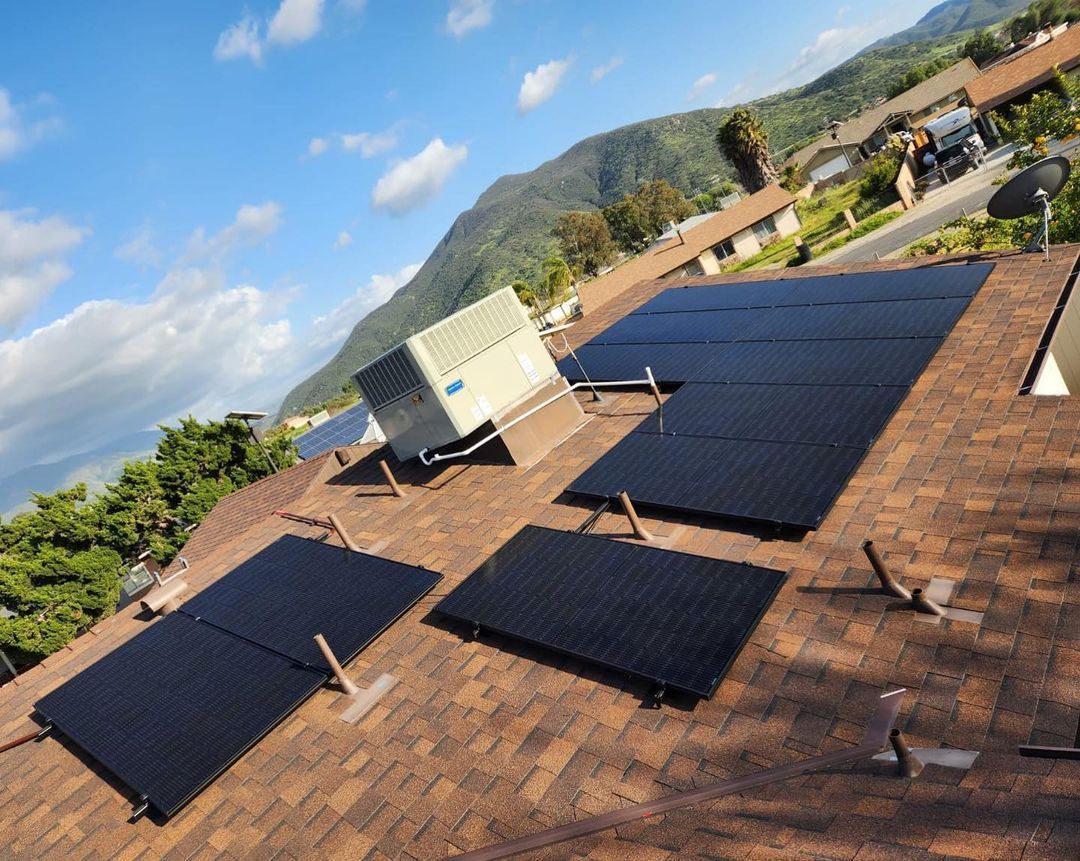Roofing News & Blog
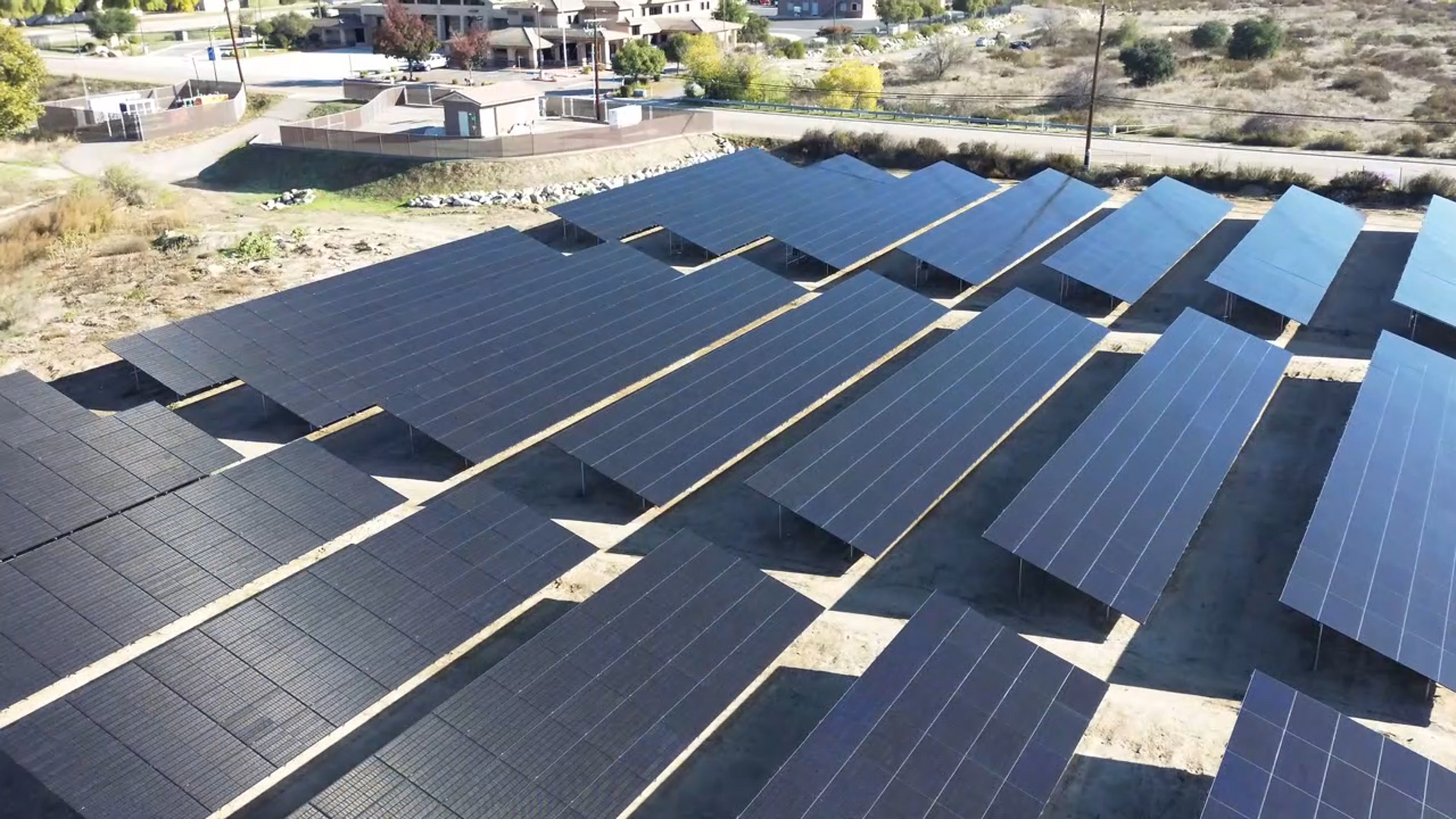
Imagine a future where your business is not only insulated from the waves of energy price increases but is also generating its own power, cutting costs and promoting sustainability. As a commercial business owner, the choice between traditional energy systems and renewable energy can seem daunting, yet the benefits of solar energy, especially when integrated with modern roofing solutions, are more compelling than ever. In this comprehensive guide, we will delve into the strategic advantages of a solar-centric commercial approach, outlining how to navigate the complex landscape of commercial roofing and solar installations to ensure long-term success for your enterprise. The Rising Cost of Energy and Your Business The energy market is turbulent and unpredictable, often leaving businesses vulnerable to steep price hikes. Whether you're a small proprietor or a sprawling corporation, the bottom line is irrevocably linked to the top-dollar utility bills. With traditional energy costs on an upward trajectory due to fluctuating market demand, geopolitical uncertainties, and environmental regulations, the time is ripe for commercial businesses to embrace a more stable and cost-effective energy strategy. NEM 3: Implications for Commercial Entities Net Energy Metering 3 (NEM 3) is a pivotal policy shift that seeks to phase out the previous solar incentives and introduce new regulations governing solar energy generation and compensation. For commercial businesses, understanding and adapting to NEM 3 is of paramount importance for future-proofing your operations and capitalizing on available benefits. The Case for Solar in Business Solar energy isn't just for residential rooftops – it's a powerhouse for commercial entities. From tax incentives to substantial long-term savings, the advantages of commercial solar installations are multifaceted and compelling. The 30% Tax Credit: A Ray of Sunshine for Businesses The federal Investment Tax Credit allows commercial businesses to deduct 30% of the cost of installing a solar energy system from federal taxes. This lucrative incentive not only reduces the initial investment but also accelerates the payback period, making solar a sound financial move for businesses. ROI: It's More Than Just a Shine Real-world case studies illustrate that commercial solar can deliver significant returns on investment. By slashing energy bills, protecting against volatile utility rates, and potentially generating revenue through excess energy production, the ROI of solar is not just immediate but a long-term financial boon. Power to Offset: Tackling Utility Rate Dynamics San Diego Gas and Electric (SDG&E) rates can be notoriously volatile, with businesses often facing unpredictable and considerable electricity costs. Solar energy affords businesses the power to offset these expenses and gain better control over their monthly operation costs. Investing in Energy-Efficient Roofing Solar installations work hand-in-hand with energy-efficient roofing solutions to create a synergistic system that maximizes the benefits for commercial businesses. The Cool Advantage of Roofing Efficiency Cool roofing reflects more sunlight and absorbs less heat, reducing the need for energy-intensive air conditioning and prolonging the life of the roof. This translates to lower energy bills, improved comfort within the workspace, and a reduced environmental footprint. Cutting Costs with Efficient Design Energy-efficient roofing designs leverage innovative materials and insulation techniques to deliver significant cost savings over the lifetime of the building. These savings can be further bolstered when combined with solar, creating a comprehensive strategy for cost containment and energy management. Overcoming the Challenges of NEM 3 The transition to NEM 3 comes with its share of complexities, but with strategic planning and expert guidance, businesses can overcome the challenges and continue to reap the benefits of solar energy. Maximizing Solar Under the New Regulations NEM 3 introduces time-of-use rates and other mechanisms that can affect the financial benefits of solar, but proactive measures such as load shifting and battery storage can help businesses adapt and optimize their solar investments under the new regulations. Future-Proofing Solar Installations As policies evolve, it's crucial for businesses to future-proof their solar installations. This may involve investing in advanced monitoring systems, staying informed with regulatory updates, and maintaining a close relationship with solar providers to ensure optimal performance and compliance. The Time to Act is Now The commercial sector stands at a crossroads, with the choice between the familiar, yet volatile path of traditional energy and the steady, sustainable route offered by solar and efficient roofing solutions. By understanding the financial advantages, operational improvements, and environmental contributions of a solar-centric approach, businesses can position themselves as industry leaders while securing their financial future. In conclusion, the integration of solar energy and energy-efficient roofing is not just a passing trend but a pivotal move in the playbook of modern commercial business strategy. By acting now, businesses can secure valuable financial incentives, lock in energy savings, and pave the way for a brighter, more sustainable business future.

